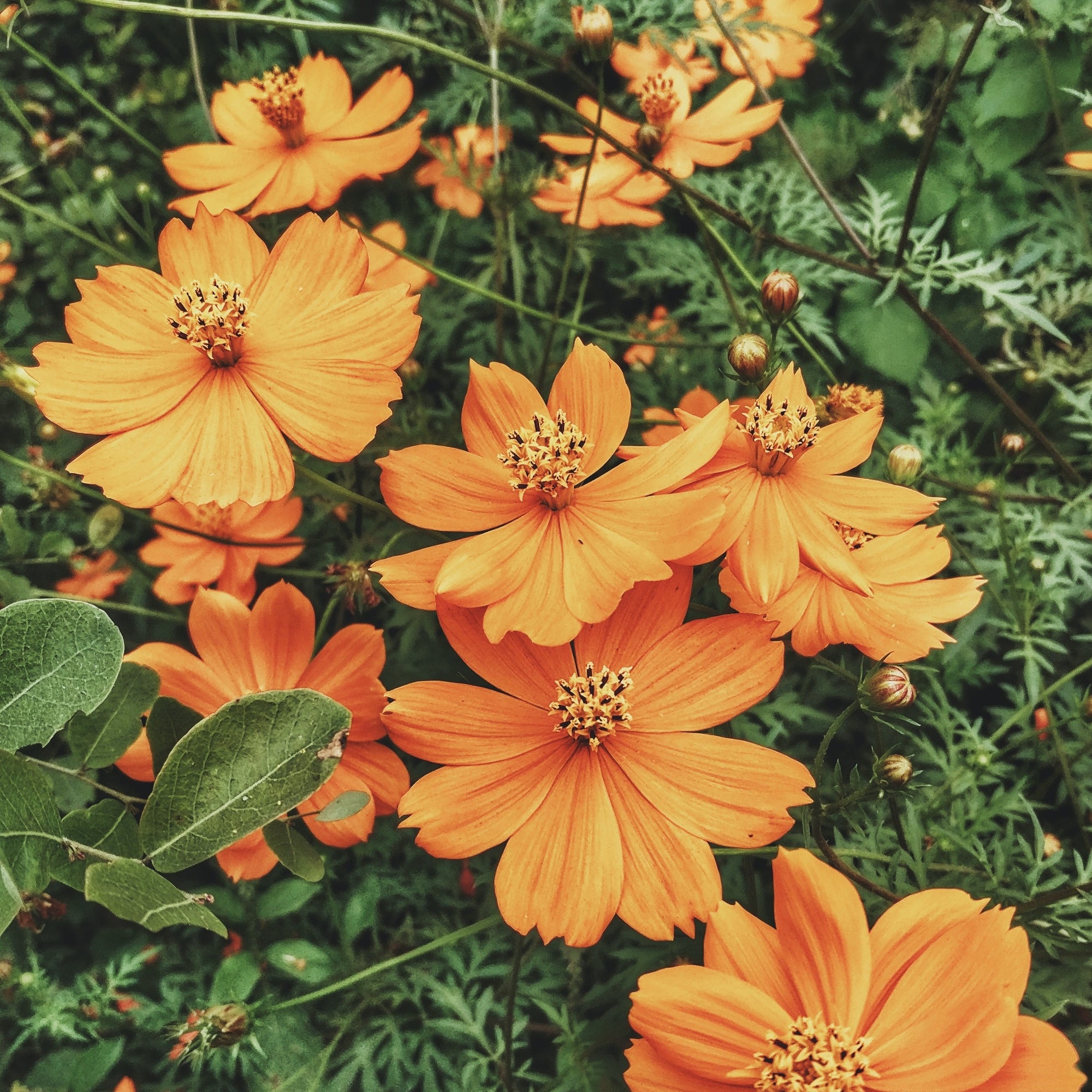The Role of Root Health in Your Plants and How to Improve It
•Posted on April 27 2018

Take care of your plants and your plants will take care you. Get more enjoyment from your flowers and plants while increasing crop yield, when you take proper care of their root systems using an organic fertilizer.
A common mistake made by new gardeners is to overlook the health of the root systems of their plants.
Root systems are like the foundation of a house or building. Just as a poor foundation can lead to a structure tumbling down, an unhealthy root system leads to the "tumbling down" of your plants.
The Basics of Root Systems

A plant's root system is not one individualized root; instead, it consists of numerous spiderweb-like structures existing below the surface. The root systems of plants perform four key functions in plant health.
1. Anchoring
Healthy roots serve to secure a plant to the ground.
Without a healthy root system, a plant is not stable, and will likely be carried away by wind or washed away through soil erosion.
The larger a plant's root system, the more surface area is covered. As the surface area increases, a plant is better positioned to thrive.
2. Uptake and Nutrient Absorption
While plants will naturally absorb whatever nutrients are found around them, the use of a soil amendment, like an organic fertilizer, facilitates this process.
An organic fertilizer offers plants a wider spectrum of nutrients than those found in surrounding soil.
A specially formulated and blended organic fertilizer like those we offer, can provide plants balanced amounts of:
- Nitrogen - Nitrogen is vital for healthy plant growth. It is the essential component of chlorophyll, which is the compound that assists plants in the production of sugars and water from sunlight (i.e. photosynthesis).
- Phosphorus - This nutrient helps plants convert other nutrients into usable building blocks needed to grow.It is also one of the most necessary nutrients for healthy root development. It is important to have the right amount of phosphorous and not overdo it. Excess phosphorus will prevent the ability of plants to absorb micronutrients, primarily iron and zinc.
- Potassium - Potassium is an essential nutrient needed in large amounts for healthy plant growth, reproduction, and photosynthesis. Potassium is considered to be a "quality nutrient" and is second in importance to plant health behind nitrogen.
- Magnesium - One of the well-known roles of magnesium to assist the process of photosynthesis. It is also a building block of chlorophyll, the chemical which makes plants green.
3. Primary Channel of Water Absorption

The root system is the conduit through which plants are able to draw water and essential nutrients from the ground.
It also works as a storage unit to protect plants from times of drought. A plant's root system stores excess water and nutrients for use later.
4. Reproduction and Competition
Plants can reproduce sexually (i.e seeds) or asexually, typically through specialized underground thickened portions of the stem and root (i.e buds). Some plants, such as the potato, will use protrusions known as tubers to reproduce.
In addition to its role in reproduction, a healthy root system helps a plant defend itself against other plants.
Plants literally compete with other plants for sunlight, water, space to grow, and essential nutrients and minerals.
A plant relies on a healthy root system to accomplish all of these things.
How You Can Help Your Plant's Roots

Combining an organic soil amendment to the natural soils around your plants is essential for proper and complete root health.
If installing new plants, learn about each plant type's typical root growth and recommended spacing in order not to overcrowd them.
As previously mentioned, plants will compete for soil space and sunshine. For existing plants, keep an eye out for signs of root rot or disease, such as wilting.
Learn more about the importance of maintaining the health of your plants or purchase one of the many types of uniquely blended fertilizers available below.
Related Posts:
Comments
0 Comments
Leave a Comment